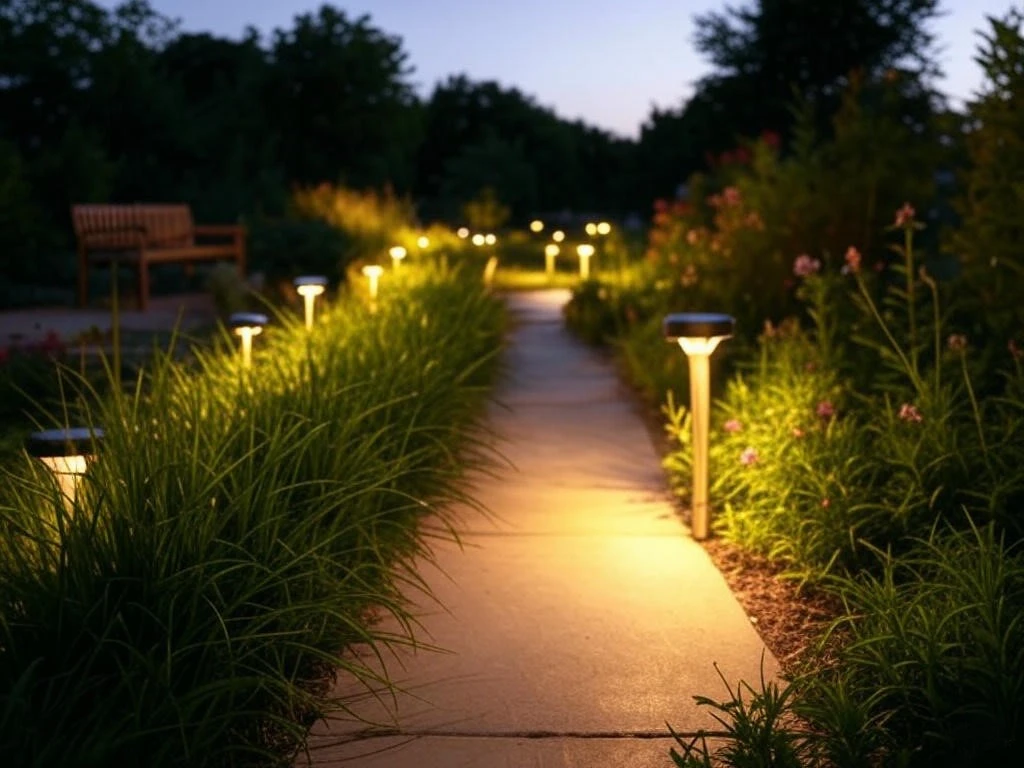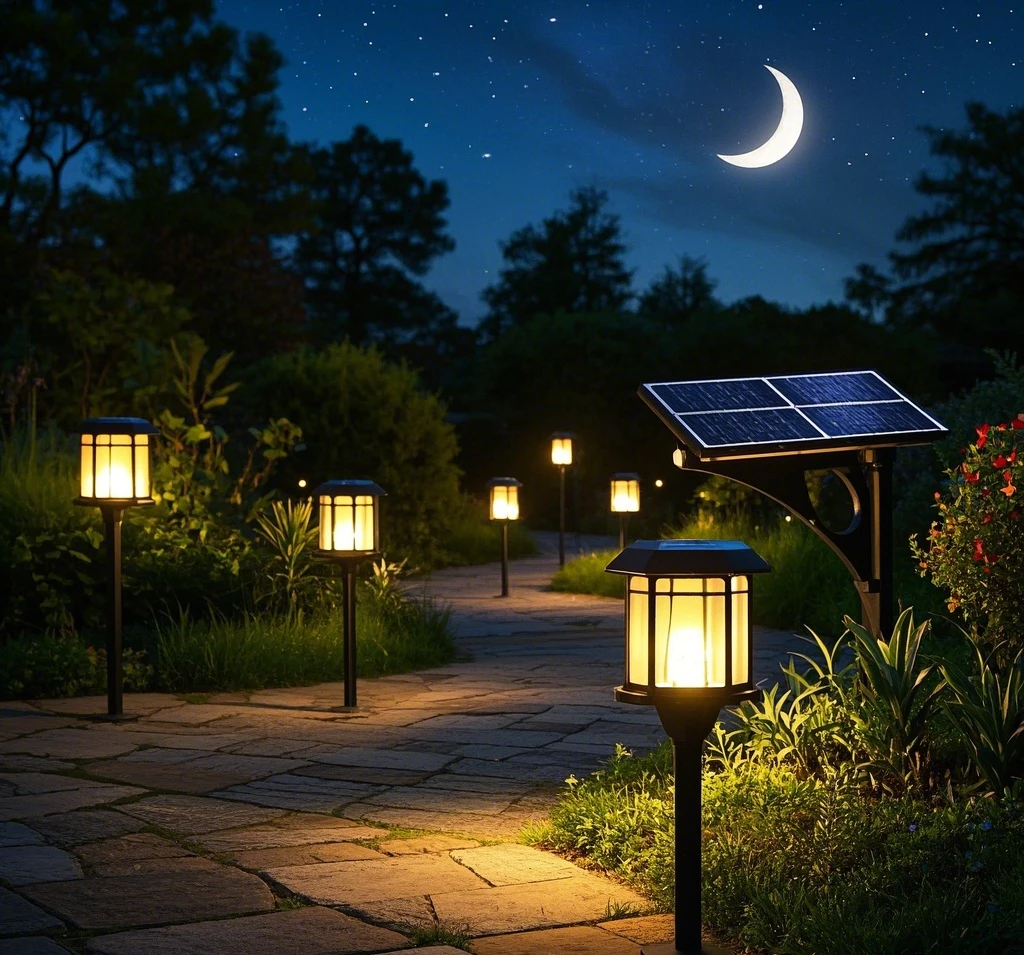Among various energy sources, solar energy stands out as a clean and renewable option, making it a key choice for humanity’s future energy needs. The urgency of depleting traditional energy reserves and the rising costs of conventional energy sources have made it challenging for power plants to meet the growing demands for heating, cooling, lighting, and transportation. According to the International Energy Agency’s World Energy Outlook 2019, global electricity demand is projected to grow at an annual rate of 2.1% through 2040, twice the growth rate of primary energy demand. The share of electricity in total energy consumption is expected to rise from 19% in 2018 to 24% by 2040. This imbalance in electricity supply and demand is evident not only in developed regions but also in developing countries and remote areas.
The inability of power generation to keep up with demand, coupled with associated environmental issues, underscores the necessity of developing clean energy. Against this backdrop, solar energy not only addresses urgent energy needs but is also environmentally harmless. Policy trends reflect this shift, with governments worldwide introducing measures to encourage the development and utilization of solar energy.

Solar Energy Reshaping the Lighting Industry: Solar LED Lights
Advantages of Solar Energy
Solar energy is widely recognized as a clean and renewable resource. The process of converting light into electricity, known as the photovoltaic effect, generates current at the junction of two semiconductors. Unlike traditional energy sources, this process does not harm the environment. Data on installed power generation capacity from 2000 to 2040 indicates that solar energy will account for a significant share of future electricity production. Since sunlight is accessible virtually everywhere on Earth, it enables the widespread adoption of solar-powered lighting.
Solar LED Lights: A Focal Point in the Future Lighting Industry
Solar LED lights, powered by clean solar energy, are semiconductor light sources that emit light when current from solar panels passes through them. These lights offer several notable advantages:
- High Brightness and Low Power Consumption: A 2W LED light provides illumination equivalent to a 15W incandescent bulb, with a luminous efficiency of 80–90%.
- Long Lifespan: LED lights can last up to 100,000 hours.
- Eco-Friendly and Energy-Saving: Powered by solar panels, they are ideal for illuminating public spaces such as lawns, landscapes, pathways, parking lots, and corridors.
- Safe and Radiation-Free: These lights contain no harmful substances like mercury.
- Vibration and Impact Resistance: As semiconductor components, LEDs lack the sensitive vacuum or high-voltage trigger circuits found in incandescent or fluorescent lights, resulting in lower failure rates and minimal maintenance.
Widespread Applications of Solar Lighting
In lighting systems, the design philosophy has shifted from reliance on power plant-supplied electricity to using solar lighting for indoor and public spaces. The market offers a diverse range of solar lighting products, including solar night lights, solar flagpole lights, solar floodlights, solar streetlights, solar spotlights, solar security lights, solar flashlights, and solar garden lights, among others.
Future Prospects for Solar LED Lights
While predicting the future is challenging, the bright prospects for solar LED lights are unmistakable.
- Energy Efficiency: The luminous efficiency of LED semiconductors has reached 200lm/W, with energy savings exceeding 70%.
- Integrated Lighting Systems: Since individual LEDs cannot meet the low-light integration needs of specific environments, the combination of LEDs is a key trend in LED lighting design.
- Smart Design: As traditional lighting is disrupted, remote control and optical dimming have become widely adopted, marking a new trend in smart LED lighting.
- Safety-Oriented: LEDs, driven by stable constant current, produce flicker-free light, creating comfortable environments and meeting people’s physiological and psychological needs for light.
- Artistic Lighting: LEDs offer pure color characteristics, and by controlling color gradients, they enable rich color combinations to meet diverse aesthetic preferences.
From an environmental perspective, the use of solar LED lights reduces reliance on traditional energy generation, lowering greenhouse gas emissions and other pollutants associated with power production. This contributes to mitigating global climate change and protecting ecosystems. Economically, while the initial investment in solar LED lighting may be relatively high, their energy-saving features and low maintenance costs lead to significant long-term savings. As technology advances and economies of scale expand, costs are expected to decrease further, enhancing their economic competitiveness.
From an environmental standpoint, solar energy, as a clean resource, reduces the exploitation of finite traditional energy reserves, aligning with sustainable development principles and driving the lighting industry toward a greener future. In summary, the advent of the solar LED era presents unprecedented opportunities for the lighting industry, with vast potential to dominate the future of illumination.


Leave a Reply